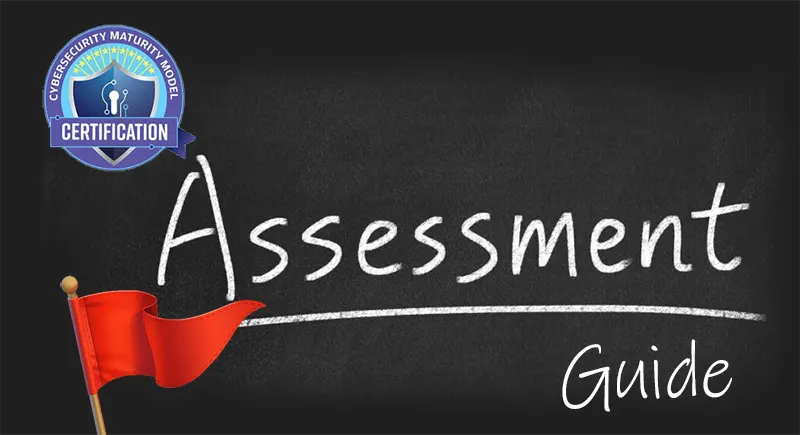Preparing for a CMMC Level 2 Certification Assessment is not just about ticking boxes—it’s about proving real cybersecurity maturity. Before an auditor even steps through the door, certain gaps in security practices can raise red flags. These warning signs indicate a lack of preparation and put certification at risk. Addressing them early ensures a smoother CMMC assessment guide process and reduces the chance of failure.
Missing or Outdated Security Policies That Auditors Will Catch Immediately
An organization without well-defined and updated security policies is setting itself up for failure. Auditors don’t just look for documentation; they expect policies to be implemented, regularly reviewed, and followed by all employees. If policies are outdated, inconsistent, or missing key details, it’s a clear sign that cybersecurity is not taken seriously. Without strong policy enforcement, even the best security tools won’t be enough to pass a CMMC Level 2 Assessment.
Security policies should be detailed, covering areas like data protection, access controls, incident response, and user training. Auditors often ask for records proving that these policies are updated annually and communicated effectively. A CMMC Certification Assessment will also check if employees understand these policies. If policies are only drafted for the sake of compliance but not enforced, that’s an immediate red flag that can derail the certification process.
Inconsistent Access Controls That Leave Sensitive Data Exposed
Unregulated access to sensitive data is a security disaster waiting to happen. If users have permissions beyond what they need, it increases the risk of data leaks or cyberattacks. In a CMMC Level 2 Certification Assessment, auditors will look at how access controls are assigned, monitored, and updated. If they see inconsistencies, like former employees still having access or unnecessary administrative privileges, it raises concerns about compliance.
Strong role-based access control (RBAC) ensures only authorized personnel can access Controlled Unclassified Information (CUI). Auditors check whether organizations follow the least privilege principle, meaning employees only get the access required for their role. If an organization fails to monitor and adjust permissions regularly, it signals weak security management, potentially failing the CMMC guide assessment.
Unpatched Software and Outdated Systems That Scream Vulnerability
Leaving software unpatched is like leaving a door unlocked—it’s an open invitation for cyber threats. Auditors will examine patch management policies to ensure that operating systems, applications, and network devices are updated. If an organization is running outdated software with known vulnerabilities, that’s a major CMMC Certification Assessment failure point.
A well-prepared organization will have automated patch management systems, documentation of updates, and a process for addressing critical vulnerabilities. If auditors find outdated systems still in use or no record of patching procedures, they’ll assume security is not a priority. This red flag often leads to deeper scrutiny of the organization’s entire security posture.
Incomplete Training Records That Signal a Lack of Cybersecurity Awareness
Cybersecurity awareness is just as critical as technology. If employees don’t receive regular training, they become the weakest link in security. A CMMC Level 2 Assessment will review cybersecurity training records to ensure staff understands how to handle Controlled Unclassified Information (CUI) safely. If training logs are missing, incomplete, or outdated, auditors will question whether employees are equipped to follow security protocols.
Organizations should conduct frequent cybersecurity awareness training covering topics like phishing attacks, secure password practices, and incident response. Training should be documented, with attendance records and test results to demonstrate employee comprehension. If there’s no proof that training happens regularly, it raises concerns about CMMC Consulting compliance and may result in failure.
Poorly Documented Risk Assessments That Show You’re Not Prepared
Risk assessments identify potential cybersecurity threats and weaknesses. If these assessments are missing, outdated, or lack depth, it tells auditors that the organization hasn’t proactively addressed security risks. A CMMC assessment guide requires organizations to perform risk assessments regularly and document the findings.
Strong risk assessments include threat identification, impact analysis, and mitigation strategies. Auditors will expect a clear process for assessing security gaps and addressing them before they become vulnerabilities. If an organization can’t present well-documented risk assessments, it suggests they are unprepared for evolving threats—raising another major red flag.
Shared Passwords and Unsecured Login Practices That Raise Red Flags
Weak authentication practices are a leading cause of data breaches. If employees share passwords, store credentials in unsecured locations, or lack multi-factor authentication (MFA), it’s a major concern in a CMMC Level 2 Certification Assessment. Auditors will check if access credentials are handled securely and if there’s a policy against password reuse.
To avoid compliance issues, organizations should implement strong password policies, mandatory MFA, and secure credential storage. Password managers help enforce unique passwords without requiring employees to remember complex combinations. If auditors find shared logins or weak authentication practices, it signals poor security hygiene, which can result in assessment failure.
Addressing these red flags before an audit ensures a smoother certification process. Organizations preparing for CMMC Level 2 Assessment should proactively resolve these issues to avoid setbacks during the evaluation.










